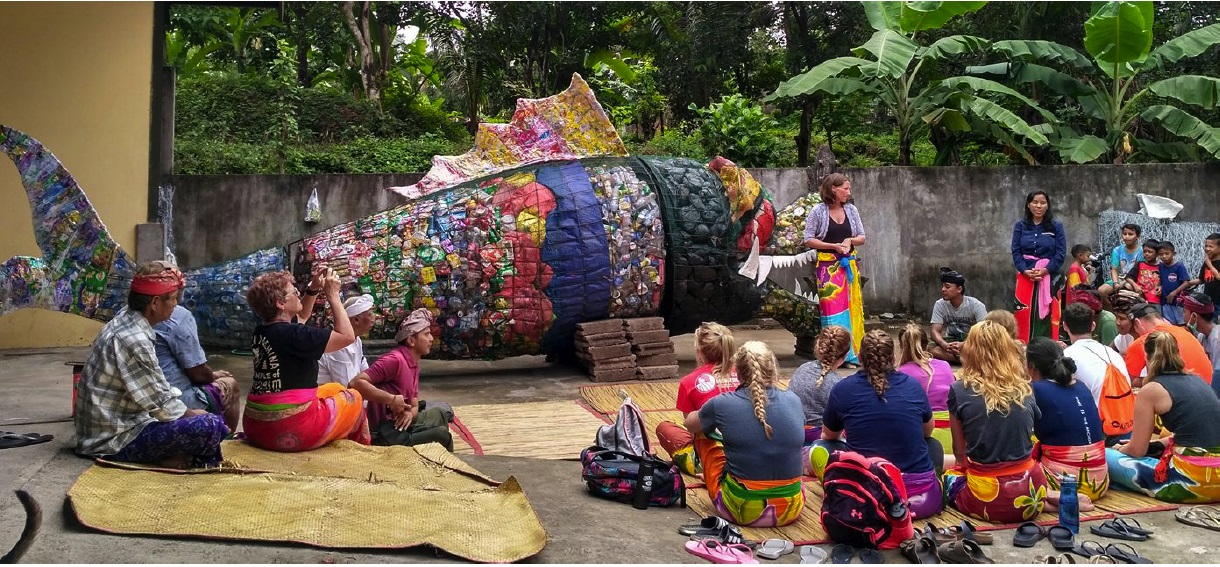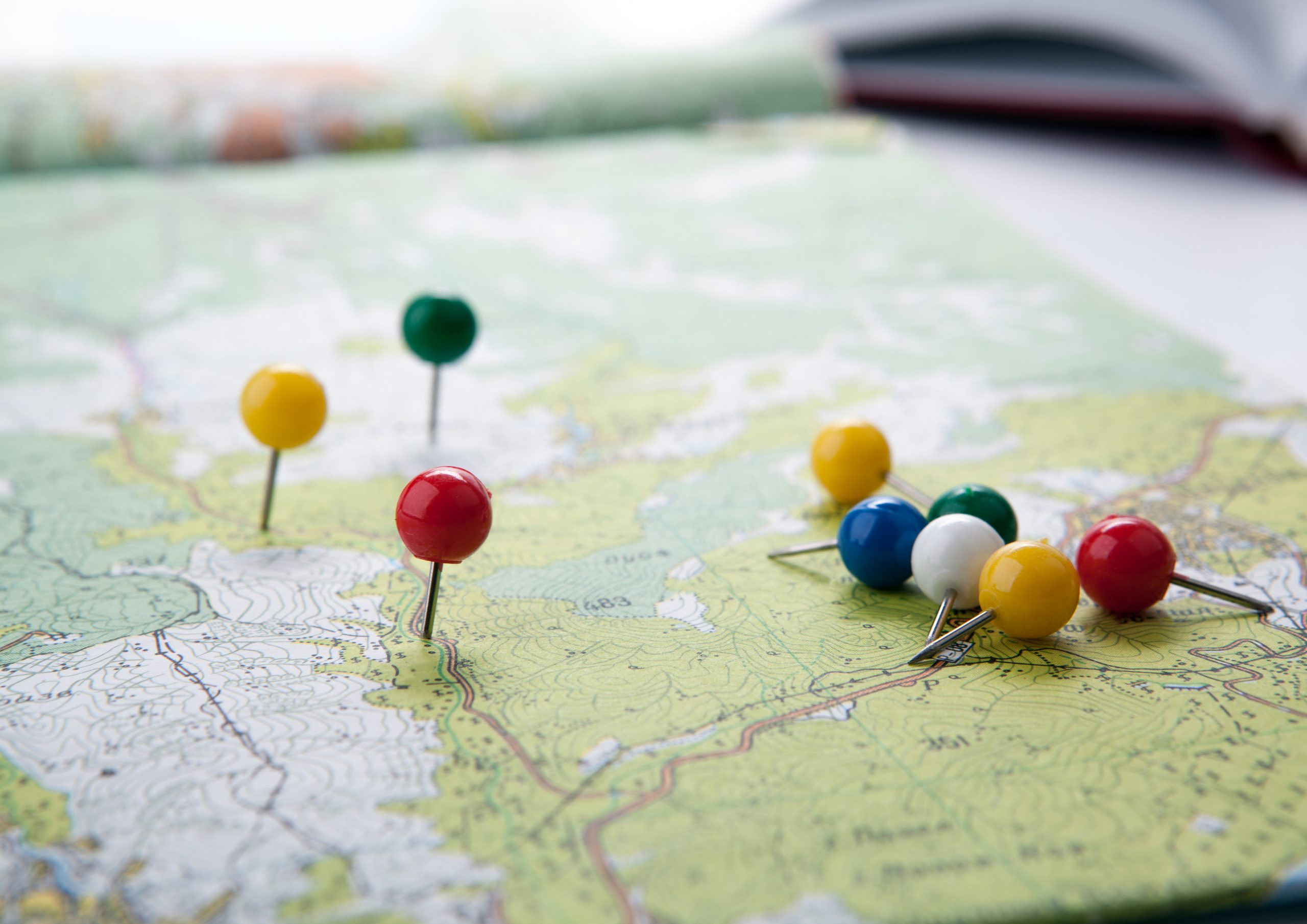An Unseen Toll
We’ve all seen it: scrolling through Instagram and seeing hundreds of posts from travel destinations across the world, with their heavily filtered, idealized landscapes and enviable accommodations.

Tourism is often framed as being positive as it creates a substantial number of jobs and provides an economic boost to communities, especially in developing countries. On that note, global tourism is projected to continue to grow due to destinations attempting to capture more visitors and revenues.
Unfortunately, there tends to be a focus on volume of tourists instead of value. This is an issue because only 5-10% of the money tourists spend remains in the destination itself; the rest more than likely ends up in the hands of wealthy corporations who capitalize on prime real estate and consumer willingness to spend (Mullis, 2017).
Does tourism have a limit? If so, what will happen to locations that are already under immense strain when tourism continues to grow rapidly?
The Price of Paradise
Hawai’i is a harsh illustration of overtourism, congestion, and degradation. The mass number of people travelling to the annexed islands exacerbates homelessness, lack of access to clean water, pollution, and the destruction of culture (Pouy & Gries, 2024).
Looking more closely at the environmental impacts, tourism generates about 25% of Hawaii’s total energy sector emissions. Hotels and resorts also add strain to sewage systems, overexploit water resources, increase plastic pollution, and destroy natural landscapes and species. Furthermore, cultural appropriation and lack of opportunities for local Hawaiians arising from tourism has led to the mass disappearance of language and traditions (Pouy & Gries, 2024).
The above video frames tourism in Hawai’i as solely an economic positive, failing to recognize the hidden impacts on local communities. The news channels discusses “improvement” in visitor numbers around dates of mass consumerism, like Black Friday and Cyber Monday.
So, who pays the price for these impacts? Is it the tourists who leave their carbon footprint behind and travel home after a week or two, or is it the Kānaka Maoli (native Hawaiians) who live with the consequences year round, generation after generation? I think the answer is clear.
Travel Without Harm
Ecotourism is an approach to travel that focuses on environmental and cultural appreciation to prevent degradation and promote knowledge sharing. In Western countries like the United States, Canada, and the United Kingdom, ecotourism has become a large sector that is expected to grow 7.4% by 2035 (GlobeNewswire, 2025).
The rise in consumer demand has been driven by awareness about sustainability, climate change, and biodiversity in recent years (GlobeNewswire, 2025). Similarly, rapid urbanization, inexpensive flights, and trends relating to outdoor leisure have also contributed to the sectors’ popularity (The Brainy Insights, 2023).
Selling Sustainability Over Destinations
Social marketing revolves around convincing consumers to change their habits: not necessarily to make a purchase, like with traditional marketing, but instead to adjust everyday behaviours. An effective social marketing strategy, which is crucial in driving adoption of ecotourism, focuses on removing the barriers that consumers face in adopting the desired behaviour (McKenzie‐Mohr, 2000).

When individuals are not convinced that a certain behaviour is desirable, injunctive and descriptive norms may be employed (McKenzie‐Mohr, 2000). For instance, a 2023 survey found that 75% of respondents were influenced to select a travel location by social media (Hinton, 2023).
What does this mean for ecotourism? I believe that until we see mainstream influencers share user-generated content about their sustainable travel experiences, the average consumer will face too many barriers to adopt new practices. After all, many consumers see travel as a time to let go of stress and real-world problems.
Ecotourism providers should ensure they clearly define their mission, craft their brand story, demonstrate a narrative of personal transformation through their brand messaging to stand out against traditional competitors, and craft a scalable online community (Pearce, 2024)
Bali’s Community-First Approach
Bali, Indonesia has adopted community-based tourism (CBT) that focuses on the UN Sustainable Development Goals 17.9, 17.14, 17.16, and 17.17 (Dolezal & Novelli, 2020). The focus of CBT is on empowerment through active participation and control over tourism, looking beyond economic benefits towards psychological, social, and political empowerment (Dolezal & Novelli, 2020).

An example of this empowerment and support of cultural identity through tourism is the traditional Balinese dances. They act as both tourist entertainment and expression of creativity for locals (Nelson, n.d.).
Drawing inspiration from Bali’s CBT and decolonial approaches could be transformational for tourist destinations such as Hawaii. Likewise, online booking platforms such as Booking.com have begun to introduce eco-friendly filters, which helps consumers minimize their impact (GlobeNewswire, 2025).
The framework is there; the main challenge is leveraging social marketing to convince consumers why they should care enough to alter their mindset regarding travel.
Do you think ecotourism is a feasible approach, or will sticky consumers continue to engage in traditional forms of travel until the planet is no longer able to sustain it?

Be First to Comment